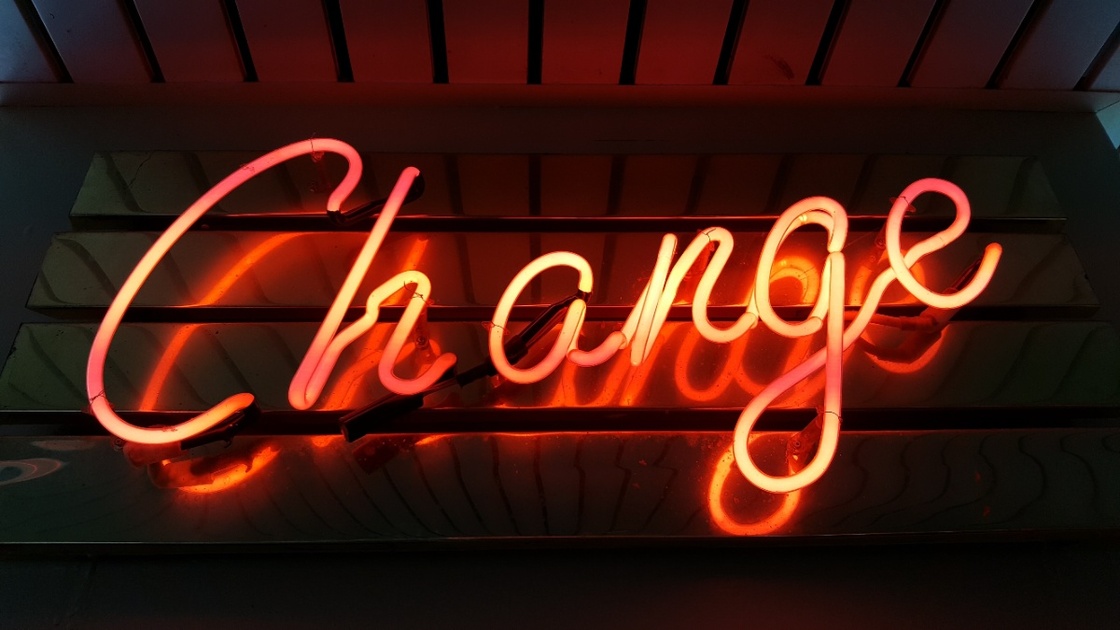
There used to be a popular joke about psychologists that went as follows:
Q: How many
psychologists does it take to change a light bulb? A: That depends on if the light bulb
wants to change.
The mutative process in therapy is no laughing matter, though, and mental health
professionals differ in their understanding of these mechanisms. The most popular
therapeutic methods, namely behavioral therapies, humanistic therapies and psychodynamic therapies, operate in vastly different ways, mainly due to the distinctive
views each model holds regarding how to achieve lasting therapeutic healing. Often, the
most significant variable that distinguishes one method of treatment from another lies
in the therapist’s conception of what it is that brings a particular client toward the
possibility of change. I would like to shed some light upon how psychodynamic
psychotherapists understand this process of transformation. Even more importantly, I
would like to briefly outline how they deal with a client’s resistance or avoidance to
therapy that comes up almost inevitably in every single treatment.
How does psychodynamic therapy work?
Most people come to therapy because they experience some impediment to their
functioning. Aside from individuals suffering with severe pathology, many people begin
therapy because something is interfering with their capacity to perform in the way they
would hope for themselves. A teenager whose lack of self-esteem prevents her from
forging positive relationships, a young man unmotivated to get out of bed in the
morning, or an aspiring lawyer struggling with fear of speaking in public, are just a
handful of examples of the kinds of symptomatic presentations that may go undetected
by others but cause significant distress for those who face them.
The theory of psychology as Sigmund Freud elaborated maintains that symptoms that
get in the way of one’s ability to live most fully and productively can be attributed to
internal tensions that persist outside of one’s awareness. Symptoms then, whether
physical or emotional, generally signal a call from the psyche that there are emotions or
memories buried in one’s unconscious, powerful enough to disrupt. The notion is that
when an individual participates in talk therapy, and allows himself to speak freely and
without inhibition, he essentially gives “voice” to the unconscious; the buried tensions
dissolve and the symptoms resolve.
Granted, this is quite a complicated process, and mostly because of the phenomenon
known as resistance. While some therapists may view clients that don’t comply with
treatment plans as “resistant”, “stubborn”, or even “difficult”,
a psychoanalytically-oriented therapist will recognize such behavior as part of the natural progression of
every therapy treatment. If one is to understand psychological symptoms as a reaction
to painful internal stimuli, it can then also be seen as serving a purpose. Symptoms are a
powerful distraction from that which is most threatening. Unconscious material often
lingers outside of one’s awareness, precisely because it is difficult or painful to process.
It stands to reason that uncovering what lies beneath the symptom is not going to be
fun, or enjoyable work. A smart person would do well by trying everything in his power
to thwart, or resist, such activity. What is known in the field as “resistance” comes into
play when the client, often without realizing it, will devise clever maneuvers to avoid a
treatment that can evoke painful and frightening feelings. In a recent published
interview, psychoanalyst David Pollens accurately described the challenge of such work.
“What happens in therapy,” Pollens said, “is that people come in asking for help, and
then the very next thing they do is they try to stop you from helping them.” Dr. Pollens
highlights the dilemma of therapy and suggests that the therapeutic process entails
addressing this very paradox.
Working through resistance
For a psychodynamic therapist, the better part of many treatments consists of working
through a client’s resistances. This requires patience on the part of the therapist. Most
importantly, it requires the ability to tolerate frustration in the treatment (when
experienced by the therapist as well as the client!). It is in this process that the
therapeutic relationship becomes critically important as both client and therapist trust
one another to do their part. A client must trust the therapist’s expertise to help guide
through a sometimes painful process. Likewise, the therapist must trust the client to be
motivated enough to want to work it through, as difficult as the undertaking might be.
In this way, therapy is a mutual process, not the therapist instructing or pushing the
client, rather the two collaborating toward a common goal. When therapist and client
follow this collaborative model, the client will feel safe enough to open up in a way that
is productive and often healing.
In sum, working within a psychodynamic framework of therapy requires both an
understanding and a respect for the difficult and sometimes unpleasant work that a
client is called upon to do in therapy. Clearly, a client must have a strong personal
motivation to get better, and as the joke goes, the light bulb has to want to change.
However, at the same time, a client’s resistances need to be understood and sensitively
managed by the therapist in order to yield the greatest gains.
Photo by Ross Findon on unsplash
 Previous
Previous

